
Amphibians

64 books
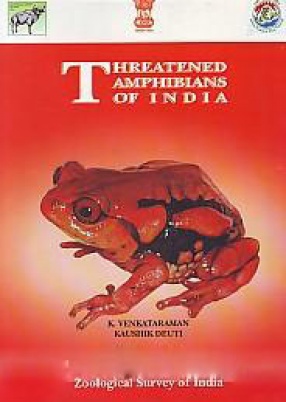
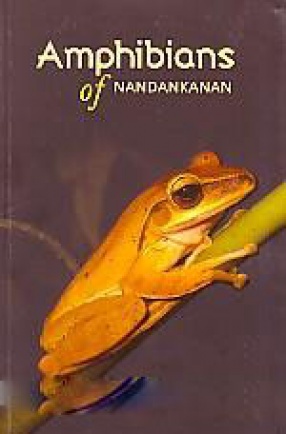
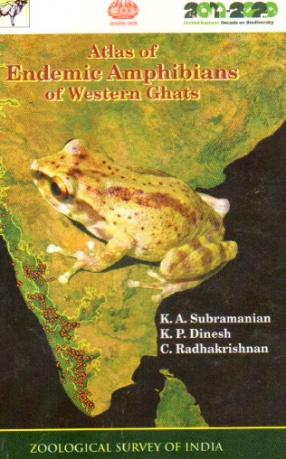
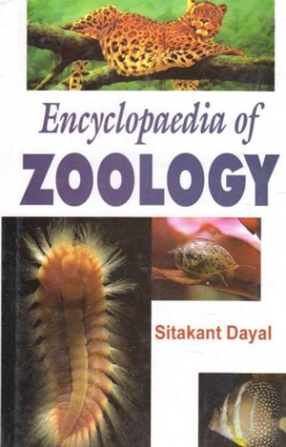

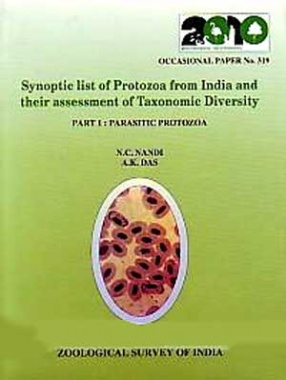


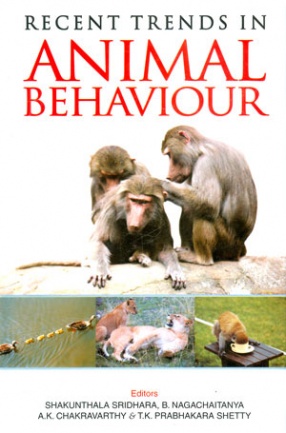


The "Amphibians and Reptiles of Bangladesh- A Field Guide" is a must have for all the biology enthusiasts and collectors alike. This informative book delves deeper into the kind and type of amphibians and reptiles found all over Bangladesh. This book provides an insight of Bangladesh in its first chapter followed by detailed chapters on amphibians and on reptiles. Each of the chapters offers a thorough depiction of the particular amphibians' or ...
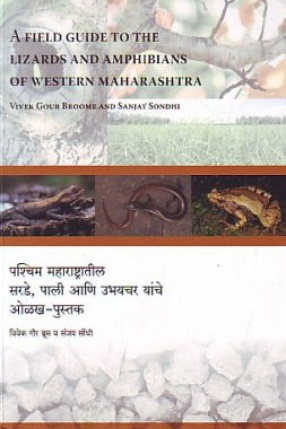
This field guide has been designed for quick and easy field identification of some of the common species of lizards and amphibians in Western Maharashtra.The pictorial layout, specially designed symbols, and bilingual text are meant for use by anyone with some interest in lizards and amphibians. New species of lizards and amphibians are being identified at an astounding rate in the Western Ghats, yet many of these are today threatened because of habitat ...
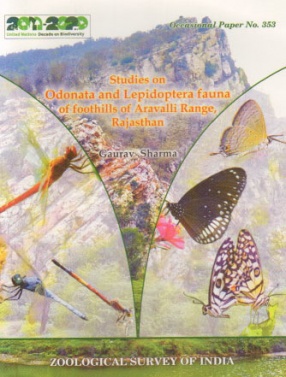
Contents: 1. Aravalli Range of Rajasthan: i. Introduction. ii. Aravali Ranges. iii. Geology. iv. River valley catchments. v. Rainfall pattern. vi. Temperature regimes. vii.Vegetation (Trees and Shrubs). viii. Forests. ix. National Parks and Wildlife Sanctuaries. References. 2. Odonata (Damsel and Dragonflies): i. Introduction. ii. Materials and Methods. iii. Results. iv. Discussion. References. 3. Lepidoptera (Butterflies and Moths): i. Introduction. ii. ...

This book provides detailed information about 78 species of Indian amphibians which are threatened according to International Union for Conservation of Nature and Natural Resources (IUCN) categorization. These are Red listed under four categories, Critically Endangered (17 species), Endangered (32 species), Vulnerable (22 species) and Near Threatened (7 species). The actual causes and extent of decline of each of the 78 threatened species of Indian amphibians ...

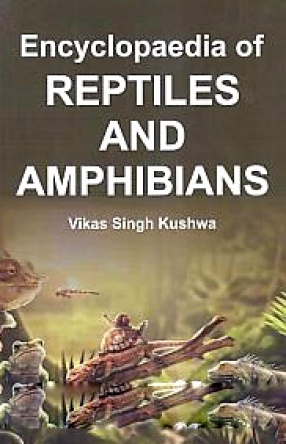
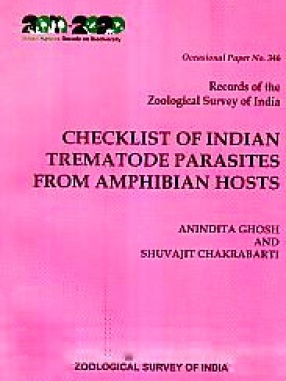
Digenetic trematodes are believed to be originated from the turbellarian ancestors and their parasitic life is assumed to have developed from their ancestors to the phylogenetically related invertebrate hosts. The most primitive digenea, therefore, most have confined their parasitism theoretically to invertebrate hosts until the advent of vertebrates, in the simplest life cycle pattern, i.e. one host cycle. As a matter of fact this simplest pattern is represented ...

From the preface: Western Ghats of the India is one of the global hotspots for amphibian diversity. Out of 181 species recorded from this region, 159 are endemic. This high level of endemism is attributed to its unique geography, bioclimatic conditions and past biogeographic events. The continued discovery of new species from this hotspot highlights the global importance of the Western Ghats in amphibian diversity and conservation. The current volume provides an ...


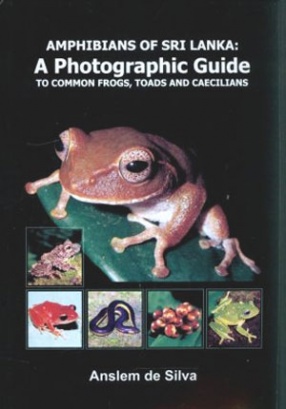

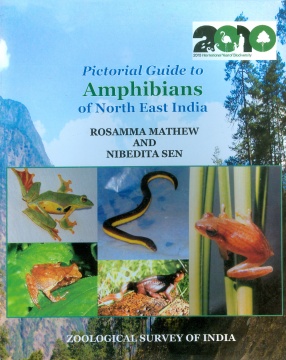
The amphibians of North East India have been worked out by many scientists in the past. The Monographic work by Chanda (1994) deals with 54 species of Anurans from North East India had been the most comprehensive account on the group so far. Under the Conservation of Biodiversity Programme, the Government of India is taking Biological Sciences to the masses. Towards this effort, the Zoological Survey of India is bringing out publications to ...

Rapid depletion and degradation of species in diverse ecosystems and the implications of this for human welfare have led to for increasing concern. Biodiversity or variability among living organisms and the ecological complexes of which they are a part, is essential for ensuring the basic ecological services and resources necessary for sustaining human welfare. The loss of biodiversity is therefore, considered one of the most serious problems threatening the ...

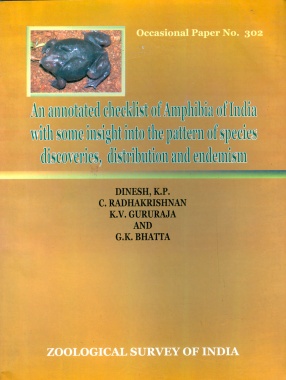
An annotated checklist of 284 species of amphibians of India accommodated under 50 genera and 14 families is provided. Synonyms, English names, type localities, deposition of Type specimens, Type specimen availability and distributional records in India and Outside India are provided for all the species. Among the 284 species of amphibian from India, 132 are endemic to Western Ghats; 29 to Northeastern India; and 5 to Andaman Nicobar islands.
Species discovery ...

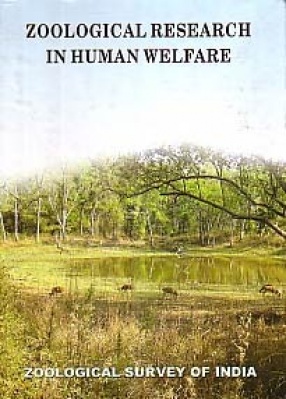
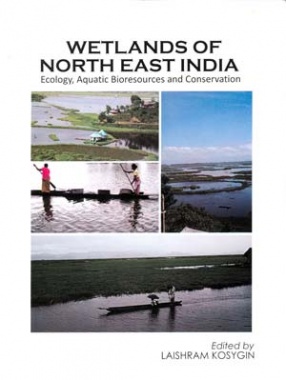
Wetlands perform a host of ecological and hydrological functions that benefit mankind. Some of the most important functions of wetlands are their roles in water supply, water purification, recycling of nutrients, recharging of ground water, maintaining stream flow and flood control etc. wetlands are considered to be the best habitats for fish, wildlife, fodder, fuel, and offer recreation to the society. In spite of its great ecological significance, in recent ...



Studies on animal behaviour are vital for several reasons most importantly in connection with conservation, livestock and wildlife management, animal welfare, sustainable use of animal and human resources, and ultimately for better understanding of human behaviour. In its formative stages, behavioural studies were mostly observational till the classical work of Lorenz, Tin Bergen and Frisch catapulted them into Nobel laureates. This had a cascading effect on ...

Zoology is the study of life in its entirety. The growth of Zoology as a natural science during the last 1000 years is interesting from many points of view. One feature of this growth is changing emphasis. Initially, it was description of life forms. Identification, nomenclature, classification of all recorded living forms, enjoyed the attention of scientists for a long time. Description of habitats of animals and their behaviour was included in this study. ...

It is now an established fact that laboratory animals play a very vital role in bio-medical particularly in the drug development programmes.The book has been authored in accordance with the syllabi prescribed by Veterinary Council of India (VCI), New Delhi for under graduate students of Veterinary Science and Animal Husbandry all over India. The book includes comprehensive and updated information on all the topics, which is presented in a precise manner in a ...
